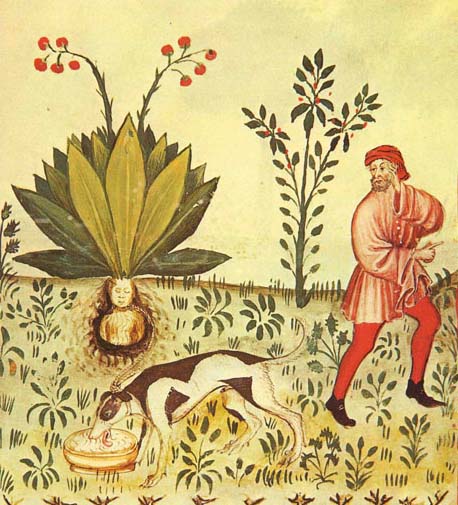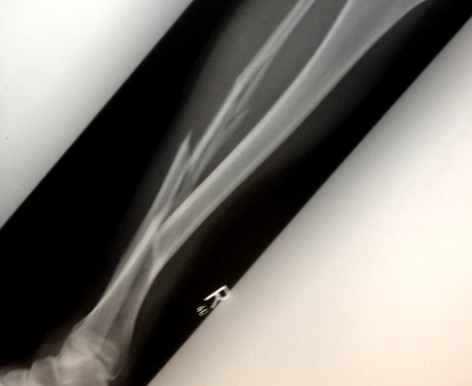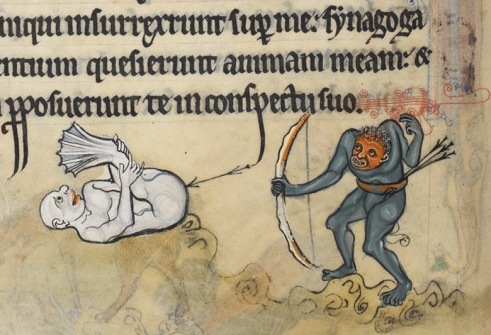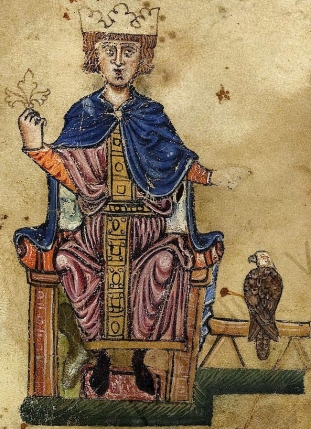One of those entirely unexpected, cannot-be-foreseen-until-the-cursed-moment-it-happens instances put me on my backside last Friday morning whilst simply making my way from my grandmother’s garden to the kitchen sink with the intention of washing up my breakfast bowl, and numerous further intentions of doing many more things that day, and I’ve not been vertical since. One slip on a patch of some sort of grease on a polished tile floor, some split-second spiral action in between that I don’t recall or can’t explain, and I’m on the floor with a shattered tibia protruding like an egg underneath the skin of my shin (turns out the fibula is fractured in two places as well) and an ankle that is very much in the wrong position.
As is often the way, uncanny parallels present themselves though, bringing one’s situation into relation with other events or occurrences that prompt us to believe that ‘these things happen for a reason’, and so it was that, forced to just sit (lie) still for a while, I got down to some reading for my next PhD chapter. In fact, at the time of the accident, whilst on the kitchen floor with three paramedics injecting and strapping me, I still found the time to request that a member of my family did not forget to pack the academic books I had left on the living room table before breakfast! It’s just a question of priorities.
I had surgery on my tibia this morning and have been thinking about the now-prosthetic element of my leg. There’s a contradictory fascination with this for me. I marvel at the expertise and speed with which my leg has been reconstructed (God bless the NHS) and am intrigued at the idea of a titanium rod becoming a life-long partner to my anatomy, but also disturbed by notions of what is natural and unnatural, as though my body is now de-humanised, mechanised in some form. And yet, we would usually place the human on the ‘unnatural’ side of that opposition which splits the ‘natural’ world and us. So where does that place me now? I also can’t help being aware that the rod in my leg will be the most enduring aspect of me – it will outlive me by a long way, perhaps transmuted into something else after my life time, but still persisting, and carrying with it the narrative of its relatively brief encounter with the inside of my leg.
And it just so happens that all this musing on my own ‘new’ body coincides with a selection of critical texts I have with me on the subjects of medieval inter-corporealities, hybrid bodies, on the post-human, on the fusions of human and nonhuman forms, both animate, inanimate, tangible and intangible. I intend for my coming chapter to explore the idea of mutilated bodily forms, and the strange literal and metaphorical misfit avian-human bodies that occur in John Gower’s Confessio Amantis (The Lover’s Confession) tales, which in turn are re-tellings (transmutations) of Ovid’s Metamorphoses. So I’m happy enough with my leg elevated and the chance to ponder medieval hybrid forms that proliferate in literature and marginal illustrations. My leg is a crass, very literal example of all this, but it did strike some interesting resemblances with what I am reading. Jeffrey Jerome Cohen, for instance, states in Medieval Identity Machines, that ‘human identity is … unstable, contingent, hybrid, discontinuous; that the work of creating a human body is never finished’ or, elsewhere, that ‘always supported by objects, substances, and ecologies, the human is never unaccompanied’ (Inhuman Nature). If I considered my human body as a discrete and defined, closed flesh-and-blood anatomy (forgetting the fact that 90% of the DNA in my body belongs to microbial bodies anyway), I find it hard to do so in quite the same way now!
Cohen’s key example of externally-affected bodies in his Machines’ introduction comes from medieval astrological texts which show the human body in synchronicity with cosmological forces – the great machine of heaven. I am prompted to think of these celestial forces on the lives of minerals in medieval thought, too, bringing me back to that titanium in my leg. In medieval encyclopedias (like Bartholomaeus’s De proprietatibus rerum (On the Properties of Things), metals were as much a part of the great chain of being as anything else, albeit relegated to a low position in the hierarchy. Albert the Great’s De mineralibus (Book of Minerals) considers the inanimate specifically. Stones and minerals had their own powers – alchemical and magical; inorganic and organic at the same time; composed of fire, air, earth and water; and potent with divine essence. I don’t think many of us would commit to the belief now that minerals obtain a heavenly ‘virtue’, but the most recent theories in broad cultural studies are encouraging us, as part of the broad ecological/environmental paradigm, to think of all interrelations in what Timothy Morton has most recently titled ‘the mesh’ (The Ecological Thought). Perhaps the example of my leg isn’t such a silly example after all; the experience has, quite literally, ‘opened the flesh to [not] animal or vegetal transformation’ (Cohen, Machines), but certainly mineral transformation.

Mandrake from the Tacuinum Sanitatis (15th cen.). Source: Wikipedia Commons.







